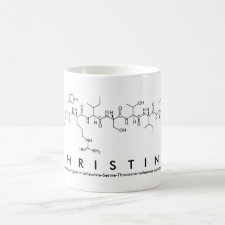
Authors: Abu-Alsoud GF, Hawboldt KA, Bottaro CS
Article Title: Comparison of Four Adsorption Isotherm Models for Characterizing Molecular Recognition of Individual Phenolic Compounds in Porous Tailor-Made Molecularly Imprinted Polymer Films.
Publication date: 2020
Journal: ACS Applied Materials & Interfaces
Volume: 12
Issue: (10)
Page numbers: 11998-12009.
DOI: 10.1021/acsami.9b21493
Abstract: A molecularly imprinted polymer (MIP) film using catechol as the template was designed for adsorption of a range of phenols from water. Four different isotherm models (Langmuir (LI), Freundlich (FI), Langmuir-Freundlich (L-FI), and Brunauer, Emmett, and Teller (BET)) were used to study the MIP adsorption of five phenolic compounds: phenol (Ph), 2-methylphenol (2-MP), 3-methylphenol (3-MP), 2-chlorophenol (2-CP), and 4-teroctylphenol (4-OP). Each model was evaluated for its fit with the experimental data, and key parameters, including a number of binding sites and binding site energies, were compared. Though the LI, L-FI, and BET models showed good agreement for estimation of the number of binding sites and affinity for most adsorbates, no single model was suitable for all. The LI and L-FI models gave the best fitting statistics for the Ph, 2-MP, 3-MP, and 2-CP. The recognition of 4-OP, which has much higher binding affinities than the smaller phenolic compounds not attributable to hydrophobicity alone, was explained only by the BET model, which indicates the formation of multilayers. The BET model failed only with phenol. MIPs also showed higher adsorption capacities and improved homogeneity over the analogous non-imprinted polymers
Template and target information: catechol
Author keywords: adsorption isotherm, Langmuir isotherm, Freundlich isotherm, Langmuir-Freundlich isotherm, Brunauer,Emmett,and Teller (BET) isotherm model, molecularly imprinted polymer (MIP), thin film, phenols, multilayer adsorption, binding site energy, affinity distribution



Join the Society for Molecular Imprinting

New items RSS feed
Sign-up for e-mail updates:
Choose between receiving an occasional newsletter or more frequent e-mail alerts.
Click here to go to the sign-up page.
Is your name elemental or peptidic? Enter your name and find out by clicking either of the buttons below!
Other products you may like:
 MIPdatabase
MIPdatabase









